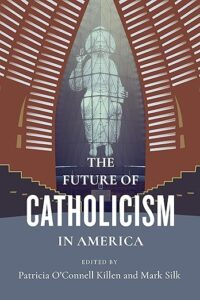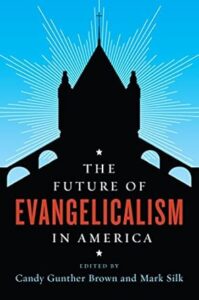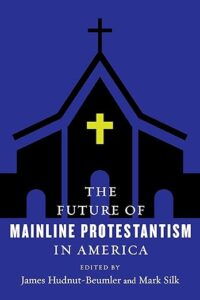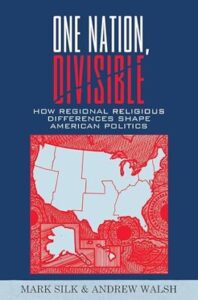Books and Other Publications Produced by the Greenberg Center
Visit the Greenberg Center to see if physical copies are available to borrow.
Future of Religion in America Series
Religion by Region Series
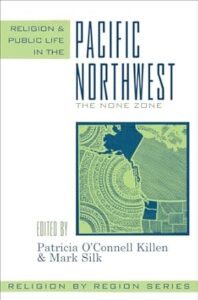
|
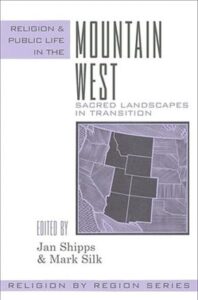
|
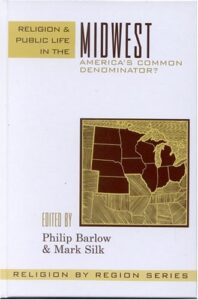
|
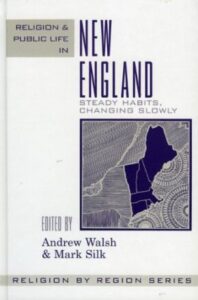
|
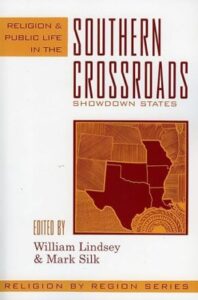
|
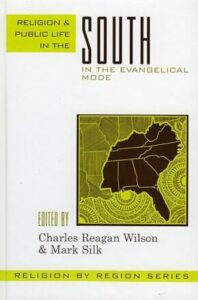
|
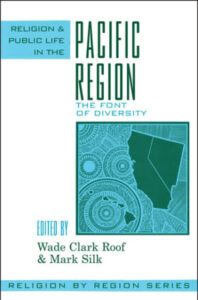
|
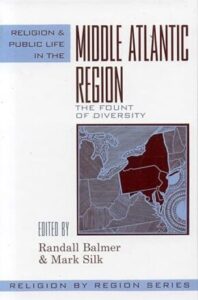
|
Other Publications:
Andrew Walsh, ed. Can Charitable Choice Work?: Covering Religion’s Impact on Urban Affairs and Social Services (Hartford, CT: Pew Program on Religion and the News Media and the Leonard E. Greenberg Center for the Study of Religion in Public Life, 2001), 200 pages. (online edition requires Acrobat Reader)
Mark Silk, ed. Religion on the International News Agenda (Hartford, CT: Pew Program on Religion and the News Media and the Leonard E. Greenberg Center for the Study of Religion in Public Life, 2000), 144 pages. ( online edition requires Acrobat Reader)
Mark Silk, ed. Religion and American Politics: The 2000 Election in Context (Hartford, CT: Pew Program on Religion and the News Media and the Leonard E. Greenberg Center for the Study of Religion in Public Life, 2000), 88 pages. ( online edition requires Acrobat Reader)
Rosalind I. J. Hackett, Mark Silk, and Dennis Hoover, eds. Religious Persecution as a U.S. Policy Issue (Hartford, CT: Leonard E. Greenberg Center for the Study of Religion in Public Life, 2000), 60 pages. (pdf Acrobat file)
Is Religion Compatible With Liberal Democracy?, 1999 (22 pages)
by Marc D. Stern
The Catholic Church and the Holocaust: Perspectives on the Vatican Statement, We Remember: A Reflection on the Shoah, 1998 (42 pages) (with the complete text of “We Remember”)
